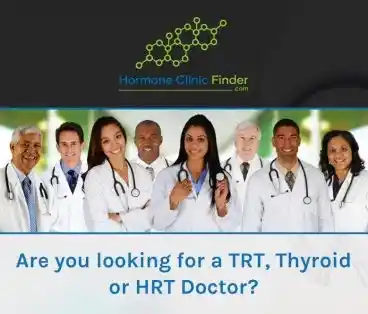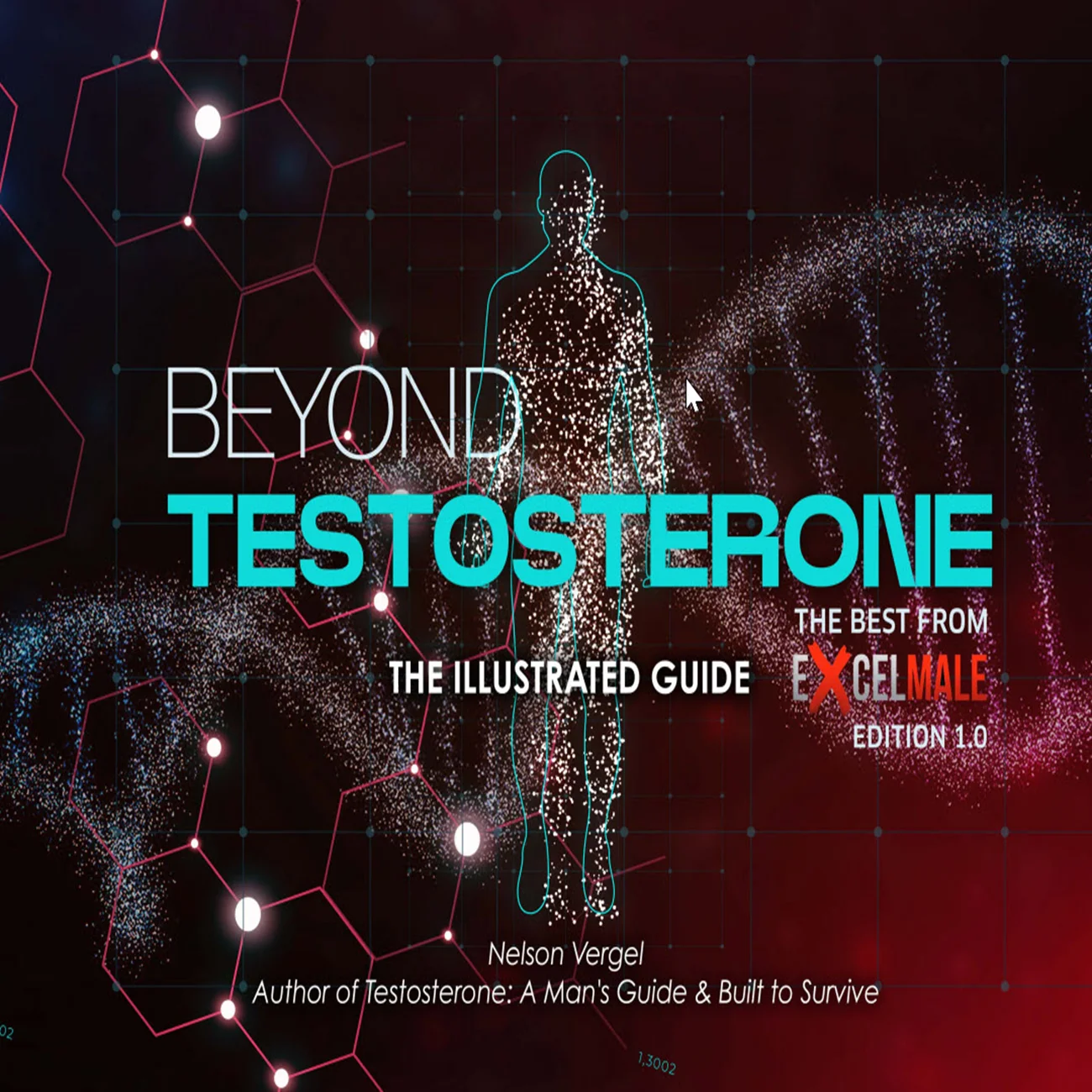You should upgrade or use an alternative browser.
polycythemia vera; rusfaertide; hepcidin mimetic
-

Understanding Hematocrit Thresholds in Polycythemia Vera Treatment
Treatment guidelines in polycythemia vera currently recommend maintaining hematocrit below 45%, with a higher threshold for men vs women. https://www.ajmc.com/view/understanding-hematocrit-thresholds-in-polycythemia-vera-treatment In early March, The American Journal of Managed Care® spoke with...- madman
- Thread
- polycythemia vera; rusfaertide; hepcidin mimetic
- Replies: 2
- Forum: Health & Wellness
-

New Drug Rusfertide: Managing Polycythemia Vera to Reduce Risks and Improve Lives
Polycythemia vera is a classic myeloproliferative neoplasm and a chronic type of leukemia, which often leads to overproduction of various blood cells. Summary: Managing Polycythemia Vera to Reduce Risks and Improve Lives Polycythemia vera (PV) is a chronic myeloproliferative neoplasm-a type...- madman
- Thread
- polycythemia vera; rusfaertide; hepcidin mimetic
- Replies: 3
- Forum: Health & Wellness
-

Rusfertide Decreases Need for Therapeutic Phlebotomy in Polycythemia Vera
New Treatment Could End the Phlebotomy Cycle for Men with High Hematocrit If you're a man on testosterone replacement therapy (TRT) who's been told you need regular blood draws to manage your hematocrit levels, a breakthrough treatment currently in clinical trials could change everything. Recent...- madman
- Thread
- polycythemia vera; rusfaertide; hepcidin mimetic
- Replies: 8
- Forum: Health & Wellness
TRT Hormone Predictor
Predict estradiol, DHT, and free testosterone levels based on total testosterone
⚠️ Medical Disclaimer
This tool provides predictions based on statistical models and should NOT replace professional medical advice. Always consult with your healthcare provider before making any changes to your TRT protocol.
ℹ️ Input Parameters
Predicted Hormone Levels
Enter your total testosterone value to see predictions
Results will appear here after calculation
Understanding Your Hormones
Estradiol (E2)
A form of estrogen produced from testosterone. Important for bone health, mood, and libido. Too high can cause side effects; too low can affect well-being.
DHT
Dihydrotestosterone is a potent androgen derived from testosterone. Affects hair growth, prostate health, and masculinization effects.
Free Testosterone
The biologically active form of testosterone not bound to proteins. Directly available for cellular uptake and biological effects.
Scientific Reference
Lakshman KM, Kaplan B, Travison TG, Basaria S, Knapp PE, Singh AB, LaValley MP, Mazer NA, Bhasin S. The effects of injected testosterone dose and age on the conversion of testosterone to estradiol and dihydrotestosterone in young and older men. J Clin Endocrinol Metab. 2010 Aug;95(8):3955-64.
DOI: 10.1210/jc.2010-0102 | PMID: 20534765 | PMCID: PMC2913038












